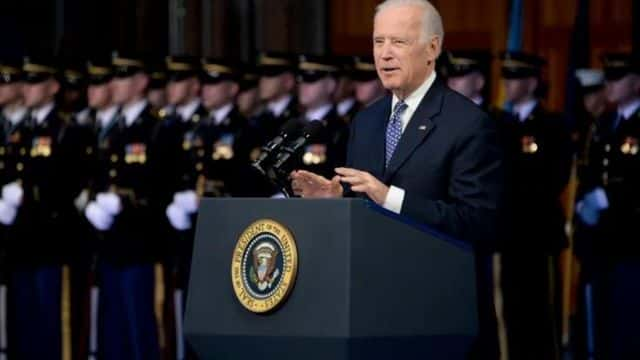The Center on Budget and Policy Priorities released some encouraging information about America’s largest anti-hunger program on June 6, 2019.
Between 2013 and 2018, the number of Supplemental Nutrition Assistance Program (SNAP) recipients decreased by 7 million, or by approximately 16 per cent. 2019 saw the departure of an additional 5 million participants from the Supplemental Nutrition Assistance Program (SNAP).
As a result of the program’s effective response to the 2008 financial crisis and its aftermath, food insecurity across the nation decreased.
The writers of the paper could not have predicted what the next six months would bring; nonetheless, it goes without saying that this tendency did not last.
Participation had decreased from 47.64 million in 2013 to 35.7 million in 2019, but the epidemic has swelled the SNAP rolls to more than 42 million recipients. Benefits Have Increased to Account for Inflation
The most significant cost-of-living adjustment (COLA) in the program’s history was approved by President Biden in 2021, resulting in the largest SNAP checks ever issued in 2022.
The cost-of-living adjustment increased average payouts by 25 per cent, with the typical beneficiary’s check increasing from $121 before the epidemic to $157 now.
The maximum payment ranges from $250 for a single-person home to $1,504 for an eight-person family. After that, additional members are $188 each. In Alaska, Hawaii, Guam, and the U.S. Virgin Islands, maximum payouts are increased.

Since April 2020, the president has extended the monthly emergency allotments (EAs) that have helped SNAP participants survive. Due to the program’s restrictions, the 90-day extension extends through August.
The allotment provides an additional $95 to individuals who are already receiving the maximum benefit, but it provides the most aid to those who are receiving the least by paying the maximum benefit to those who would otherwise qualify for only partial SNAP payments.
Although the secretary of Health and Human Services extended the federal COVID-19 emergency proclamation, the USDA only offers waivers to states that have declared their own emergency or disaster.
As officials begin to lift COVID emergency restrictions around the nation, the number of qualifying states has decreased significantly.
During the first four months of 2018, the USDA granted exemptions to at least forty states. Less than half of the country remains.
Alabama, Alaska, California, Colorado, Delaware, District of Columbia, Hawaii, Illinois, Kansas, Maine, Maryland, Michigan, New Hampshire, New Jersey, New Mexico, North Carolina, Ohio, Oregon, Pennsylvania, Rhode Island, South Carolina, Utah, Vermont, Virginia, Washington, West Virginia, and Wisconsin currently hold USDA waivers that allow their residents to collect SNAP EAs.
Biden Improved P-EBT for Students.
The Food and Nutrition Service (FNS) of the United States Department of Agriculture (USDA) issued new guidelines in May to assist states in developing Pandemic EBT (P-EBT) plans. P-EBT is now available to the same individuals as during the summer of 2021:
Children who qualified for free or reduced-cost school meals during the current school year
Children who are now eligible for summer meal benefits in states with approved school and child care plans for the 2021-22 school year.
In these states, all children under the age of six enrolled in SNAP during the summer are eligible for P-EBT, but only until the end of the pandemic public health emergency declaration issued by the federal government.
The president signed the Keep Kids Fed Act in response to rising food prices and supply chain disruptions that continue to frustrate operators of child nutrition programs.
The act provides schools, summer meal sites, and child care food programs with the necessary resources to feed children throughout the 2022-23 school year.
The president announced on June 30 that the USDA would provide nearly $1 billion in additional funding for the purchase of food products made in the United States for meal programs.
Read more:-
- The Federal Government Desires to Increase the Number of Internet Merchants Who Take Food Stamps.
- What to Do When the Snap Emergency Allotment for Your State Has Ended
- The US and Chinese Senior Diplomats Undertake ‘Productive’ First Discussions in Months
SNAP, like virtually everything else, is a political football, especially given its connection to COVID-relief packages.
The Associated Press reported on April 15 that recipients of the Supplemental Nutrition Assistance Program (SNAP) were “seeing their benefits decline even as the nation grapples with the largest increase in food prices in decades.”
The political leanings of a state’s elected officials had a direct bearing on the ability of vulnerable families to pay for food.
In July 2020, during the height of the pandemic, Nebraska’s Republican governor became the first to opt his state out of expanded federal SNAP benefits, ostensibly to “show the rest of the country how to return to normal.”


